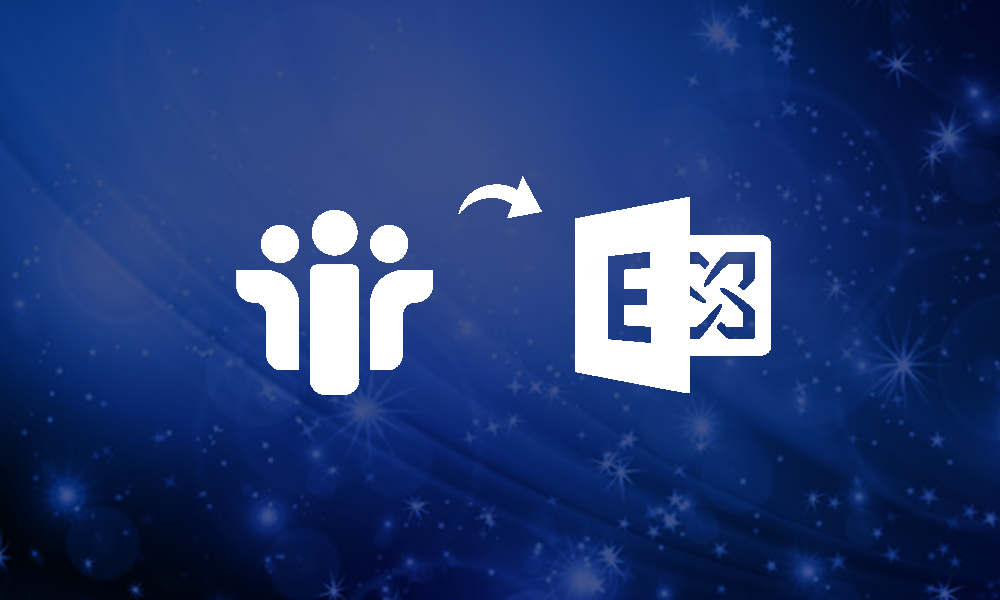If you know me or if you have read my bio, then you know that I have spent a good portion of my recent career deeply involved in the migration and interoperability of Lotus Notes (aka IBM Notes) and Domino to Microsoft Exchange Server as well as Microsoft Office 365.
If my grandmother was still with us, I imagine she would have wanted to know just how a fine young man such as myself got mixed up in this complicated space. The answer is really quite simple – I was bored, and I was drawn to the challenge.
These days, Microsoft moves your data for free if you are going to Office 365. As a result, most people don’t realize just how complex these migrations can be. Honestly, moving the data is the easy part. In my days running a consulting team that specialized in Notes migrations no one else wanted, only 30 percent of the cost was moving the data– and that cost was about half licensing and half labor. Once we worked out the anomalies in a customer’s particular use pattern when it comes to Domino and Notes, we could train lower cost resources to execute.
I can hear you asking now…seventy percent of the cost is NOT moving data? Yes, that is exactly what I said!
I’ll cover the specifics of Domino/Notes migrations in more detail in a later article, but the short version is that Notes to Exchange or Office 365 migrations are exceptionally complex. Mastering what it takes to execute a Notes to Office 365 migration requires a combination of exceptional technical skill and exceptional business skills as well understanding use patterns and predicting needs, expectation setting, end user management, process design and testing, and a knack for near flawless execution. It’s such a rare combination that there are maybe a half dozen individuals worldwide that I would say are highly skilled at complex Notes to Exchange migrations (including yours truly).
So far, I haven’t spent any time talking about coexistence. So let’s get to it!
Coexistence, in this context, refers to the ability to have properly formed email travel between Domino and Exchange/Office 365 and the ability to see what time spots are open on someone’s calendar. As such, coexistence (also called coex) provides two incredibly powerful and necessary functions when a company has users or applications in Lotus Notes/Domino and Microsoft Exchange at the same time. Coexistence software packages do amazing things to ensure email messages can work between these platforms. And the underlying calendar structures between Notes and Exchange are so incredibly different that it is amazing these vendors are able to pull this off. It’s like these vendors infused their software with black magic to make these transformations happen.
If you watch movie franchises such as Harry Potter, you will undoubtedly know that black magic is incredibly powerful, but there is an inherent risk one accepts when using dark magic – things go wrong.
Without exception, highly complex, and therefore high-risk platforms such as coexistence have a higher than average likelihood of suffering a failure. And the failures are not necessarily the fault of software vendors in the space, or the consultants running the migration, or even the corporate environment. Speaking from a purely statistical position, complexity breeds failure points. Companies therefore add more installations to decrease this probability. But it doesn’t remove the possibility. Regardless of how many high-availability installations you have, coex still fails.
As I have mentioned, what makes these migrations so complex is more than technology. It’s also the people and the corporate culture. We must understand that as technology professionals and executives, we serve both the business and the user population. The user population is being stressed to the limit of their tolerance in a migration such as this. When executing Domino migrations, we need to carefully plan to properly use any “good will” from the user population at the right moment, on the right subject. It takes very little to turn a positive migration into a negative experience.
If you spend that “good will” on an outage of the coexistence platform, the risk bred by the complexity of the coex platform has now transformed into risk for the entire project. And the scariest part of a coexistence failure in my professional experience is that you won’t even know it has failed until users open tickets. And then solving the precise point of failure can take a long amount of time.
I first encountered GSX nearly four years ago when I was looking for a product I could use to ensure that my clients’ coexistence environments were functioning properly around the clock. Back then, GSX only had software that could be tailored to fit this need. Now GSX has GSX Coexist, a packaged offering that meets this need.
Lengthy coex outages are a preventable problem. Can you really justify injecting risk into the entire migration by not monitoring the single most visible system while you are using both Domino and Exchange?
GSX Solutions provides the only Office 365 user experience monitoring tool that truly measures the quality of the service delivered to all enterprises’ sites, enabling their IT to take power of the Office 365 performance.
Get started today with Office 365 monitoring and see how you can keep your employees on the path to optimal productivity.




